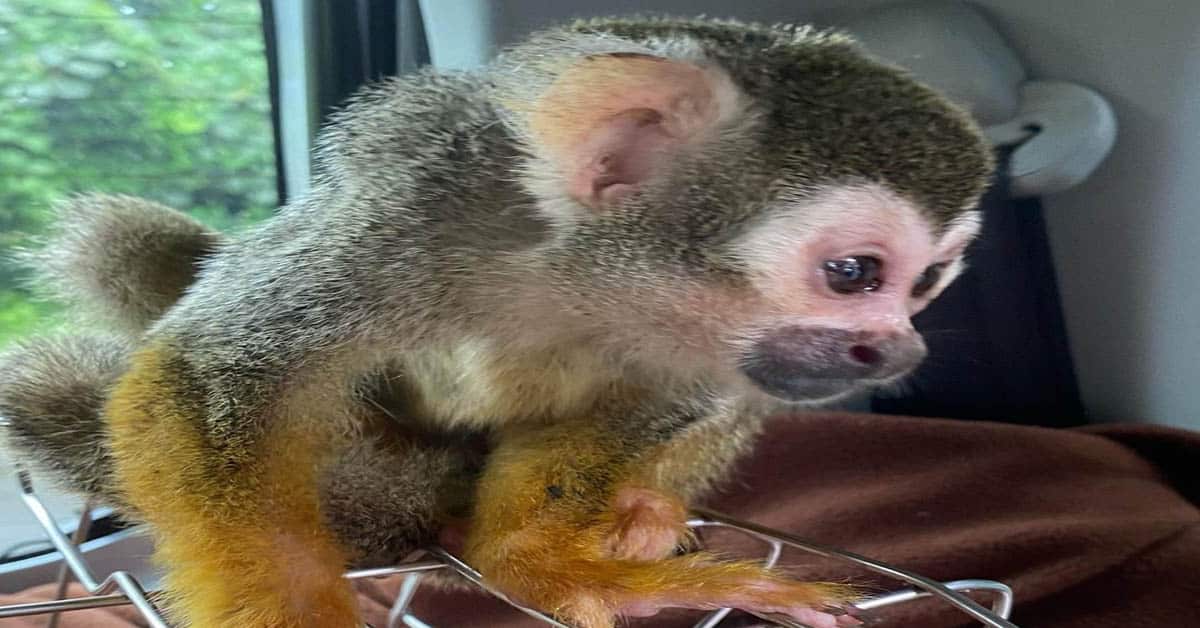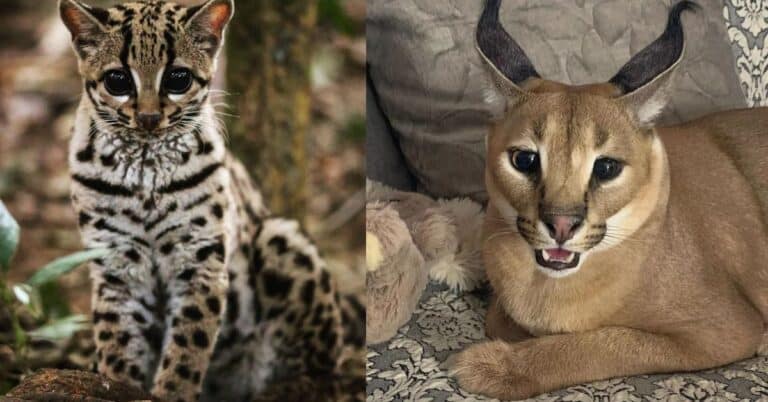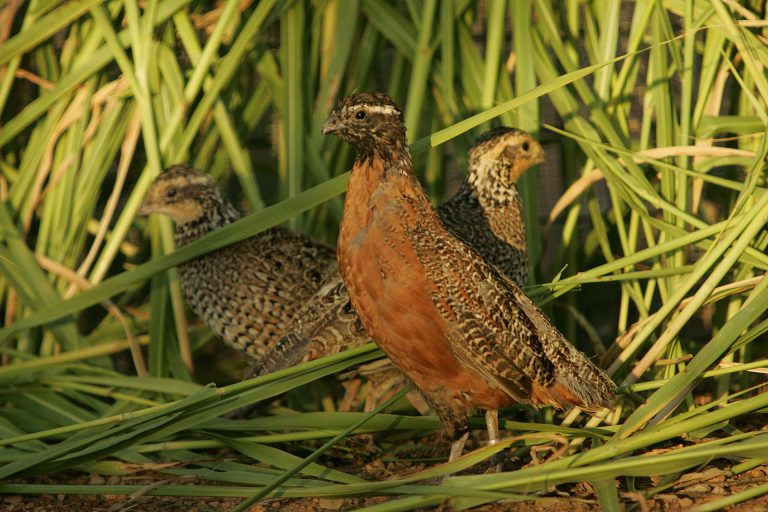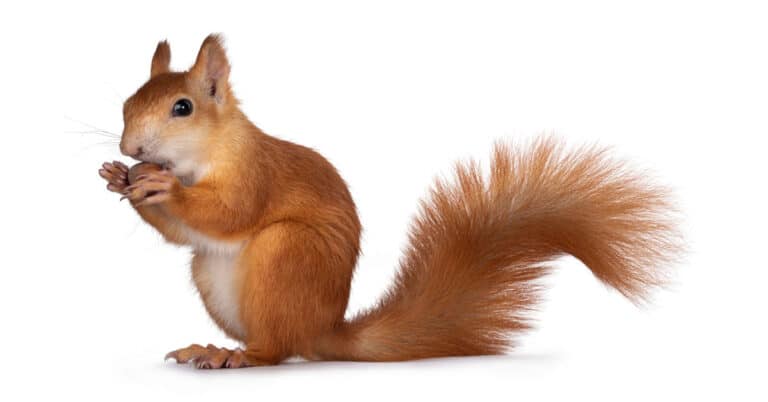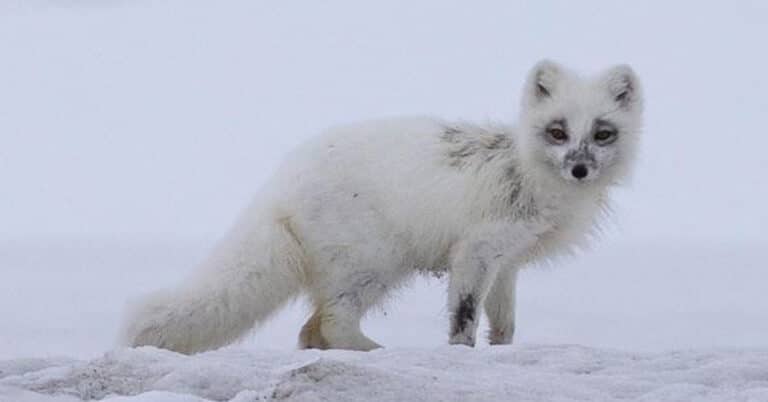Squirrel Monkey – All About Smart And Weird Looking Mammal
Squirrel monkey is one of the weirdest-looking creatures on Earth. Their big, black eyes, white fur, and black nose make it impossible not to love those animals. Those little mammals are very fast and agile, which is why they are called squirrel monkeys.
Since you came across this article, you must have been wondering about the traits, habits, and interesting characteristics of those mammals.

Habitat of Squirrel Monkey
The squirrel monkey is a small mammal that is considered to be a New World animal. Those creatures are native to the tropical forests of South America and Central America and love the Amazon Basin. Locations include Peru, Panama, Costa Rica, Bolivia, and Ecuador.
There are five major species of those mammals found in various locations. Typically, all those species look like each other, but they only have slight color differences.
It is believed that squirrel monkeys like areas of deep tropical forests adjacent to streams or other sources of running water without concern for their safety. Squirrel monkeys are active primarily during the day and are found in the center of the forest canopy.
In their native environment, squirrel monkey must also contend with very high humidity levels and temperatures. In their native habitat, the humidity can reach 70% saturation during the dry season. However, when the rains are most frequent during the wet season, the humidity level can go up to 90%.
Squirrel monkeys like to be in an environment with 75% humidity. They have minor behavioral and physiological adaptations that become more significant as the humidity rises. The monkeys’ osmoregulation undergoes more pronounced modifications at about 95% humidity to preserve homeostasis.
The monkeys will consume less water and produce more concentrated urine to maintain adequate ion and water levels within the body.
Squirrel Monkey Appearance
Squirrel monkeys have unique colors and short fur, primarily olive or gray. They are also characterized by yellow legs and bright, white faces. Females and males are almost identical in size. However, females are typically smaller in size than males.
Those little mammals can reach a height of 25 to 35 centimeters. However, as mentioned above, they have very long tails, which can be measured between 35 and 42 centimeters. As for the weight, the squirrel monkeys can weigh somewhere between 75 and 1100 grams.
Those mammals have a blackish-brown muzzle and dark, long hair on their forehead. They love to stay on the trees, and their well-developed fingers can grip the branches perfectly. The long hands and fingers help them hold the fruit and open it. The tail can be longer than the body itself and has a bushy, dark tip. The tail helps them to keep balance when climbing on tree branches.
Behavior Of Squirrel Monkey
Squirrel monkey is an extremely gregarious creature that travels in noisy groups on treetops. These groups often have 40 to 50 members but can have as many as 500. The interesting thing about them is that within those groups, they have subgroups of individuals too. For example, the subgroups of females with babies, pregnant monkeys, males, and babies can often be gathered closer.
These intricate social groupings often stick together and even sleep together at night before dispersing into smaller groups to forage during the day. They communicate by making a variety of noises. Squirrel monkeys are great climbers and may jump from branch to branch as they go through the jungle.
Squirrel monkeys can move quickly through the jungle because of their long tail, agile hands and feet, and good balance. To take advantage of the food left along their route, they typically follow other animals and groups of their kind at a distance.
Those little monkeys have the highest brain-to-body mass ratio. Therefore, they are regarded as one of the smartest and most intelligent primates. Due to their exceptional color vision and eyesight, squirrel monkeys can easily identify fruits amid the dense jungle.
Reproduction & Mating Habits
Male squirrel monkeys battle vigorously for the opportunity to mate during the beginning of the mating season. Their shoulders enlarge to help them during the fight. The winner typically gets to mate with the majority of females.
The male squirrel monkey does not assist in rearing the lone newborns. After females give birth, they kick out the males. Males go away and join their “male” squirrel monkey groups. Births of squirrel monkeys often take place between June and August, when there is the highest yearly rainfall.
The mother starts carrying offspring on her back on the first day, following a gestation period of around five months. The newborn starts exploring more on its own by the time it reaches the age of two months. By the time it is ten months old, it is practically entirely independent and can move around, find food, and eat on its own.
If the baby is male, then once it grows, it leaves the mother and goes to the “male” squirrel monkey group. However, once female babies are grown, they do not leave the mother entirely but remain close for some time.
The mating and reproduction of squirrel monkeys can be affected by seasons and temperatures. The sexual maturity of females is when they reach the age of 2 to 2.5 years, and for males, the sexual maturity comes later once they are 3.5-4 years old.
A female squirrel monkey gives birth to one offspring during the rainy season. The gestation period of squirrel monkeys is between 150 and 170 days. Depending on the species, some can be weaned after 4 months of birth, and some cannot be weaned until they are 18 months old.
Well, we discussed the age of sexual maturity. It is natural also to wonder, how long do squirrel monkeys live? It turns out that those little animals can live up to 15 years. However, in captivity, they can live for up to 20 years.
What Do Squirrel Monkeys Eat?
The squirrel monkeys have omnivorous eating habits. They eat throughout the day in smaller sub-groups and consume tiny animals, vegetation, and plants to survive. The main components of the squirrel monkeys’ diverse diet are fruits and insects. Among the nearby leaves and branches, they are known to devour eggs, buds, flowers, lizards, and other small creatures.
They have strong and well-developed fingers and hands, which helps them grip the food while peeling it and consuming it. Those little mammals are known to invade agricultural plantations in quest of food, albeit this is more common in regions where deforestation has had a greater impact.
Threat For Squirrel Monkeys
Being one of the tiniest monkeys, they are preyed upon by a range of woodland creatures. The main dangers to squirrel monkeys are snakes and birds of prey. Because of the loss of habitat, they are forced to go and consume crops. Because of that, they are often chased away by farmers and may even be killed.
Squirrel monkeys are often “kidnapped” and kept in zoos as tropical animals. Not only that but they are sometimes kept as pets in their own countries and other parts of the world. This is because of their diminutive stature and brilliant temperament.
The acquisition of squirrel monkeys has been happening for a long time, mainly because they are exotic animals. The bulk of squirrel monkey pets is now produced from captive animals.
Squirrel monkeys rarely climb higher branches since doing so puts them in danger of being captured by birds of prey. Yet, they also do not like staying in the lower parts of the tree because of their fear of predators.
Those monkeys may be found in many different kinds of forests and are observed living in regions that have been destroyed and cleared for agriculture. However, they are in danger due to habitat loss, especially as a result of deforestation for agricultural purposes and expanding human populations.
How Do Squirrel Monkeys Communicate?
The Squirrel Monkey employs a variety of vocalizations, including particular warning cries that signal the presence of a hazardous predator. This way, they communicate with their group members and tell them that the threat is close.
Those mammals create a “chuck-chuck” sound while foraging in highly dense vegetation to let other members of their tribe know where they are. In addition to spreading urine on their hands and feet, they are also known to move through the trees while leaving a fragrance trail.
Bottom Line – Squirrel Monkey
We’ve already explored fascinating and weird mammals – squirrel monkeys. Two of the five squirrel monkey species are vulnerable and listed on the IUCN Red List. Sadly, the populations of all five species are at risk due to habitat degradation.
Because of it, the enormous herds are being forced to move and live in ever smaller areas of their native environment. Therefore, it is essential to care for them and not disturb their native living territory and habitat.

Nato is a content writer and researcher with a background in psychology who’s eager to explore the wonders of nature. As a travel enthusiast and animal lover, she hopes to inspire others to discover and cherish the beauty and importance of the natural world.

